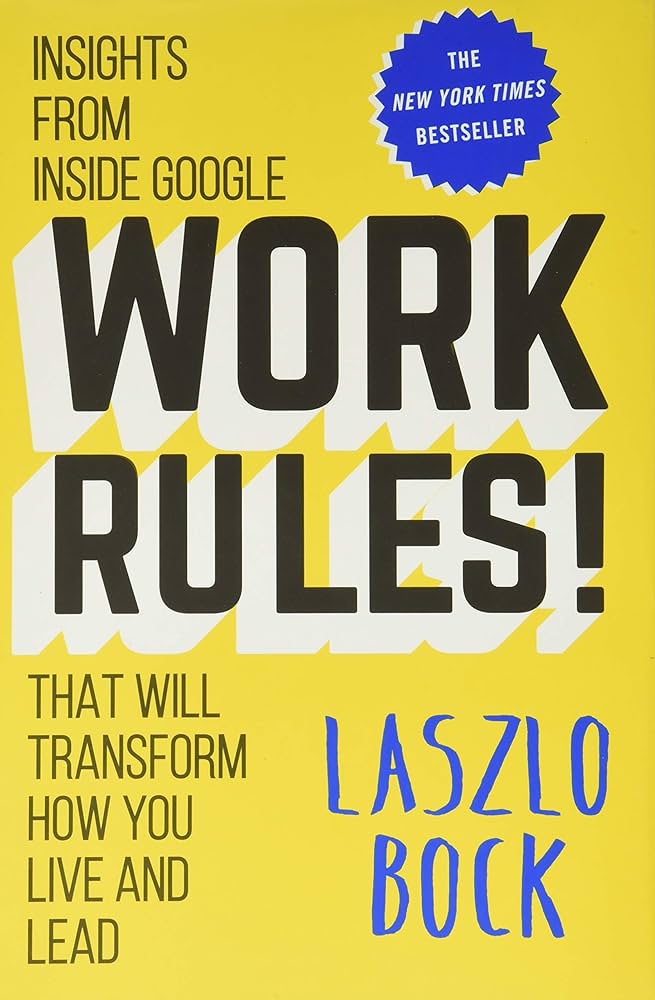Humanocracy: Creating Organizations as Amazing as the People Inside Them
RATING


“Humanocracy“ is a work by renowned management thinker Gary Hamel and Michele Zanini, a strategy consultant. The book makes a compelling argument against traditional hierarchies and bureaucracies that, according to the authors, stifle human creativity and productivity, impede economic growth, and slow down the innovation process.
The authors assert that despite technological advancements, organizations are still shackled by centuries-old bureaucratic structures that possess the capacity to heavily limit human potential. The solution proposed is a shift towards ‘humanocracy,’ a system where every individual’s talents, creativity, and passion are harnessed.
Hamel and Zanini propose a radical rethink of how people organize and manage work, arguing for an environment where employees at all levels feel responsible for and invested in the organization’s success. They outline practical steps for organizations to adopt, aiming to increase adaptability, foster innovation, and boost employee morale and engagement. The book provides many detailed case studies of companies that have transitioned from bureaucratic systems to ‘humanocracies’ and achieved success. In addition, they offer a standardized BMI (Bureaucracy Mass Index) rating for companies to explore and benchmark their levels of bureaucratic burden.
The authors present a well-structured argument supported by numerous real-life examples. Their proposed vision of a human-centric organization resonates well with recent trends towards employee empowerment, flexibility, and the increasing importance of soft skills in the workforce — trailblazed by such industry giants as Google and Apple. The call to de-bureaucratize is timely, given the growing frustration with traditional top-down hierarchies that often stifle innovation and creativity.
Moreover, the book is well-written and easily comprehensible, catering to a broad audience. It excels in simplifying intricate concepts into actionable steps, offering readers a clear roadmap to transform their organizations.
Finally, the authors’ acknowledgment of poor working conditions and dissatisfaction with modern jobs and working environments among the global workforce (but especially in the US) is valiant and noteworthy. They integrate these factors well into their arguments for ‘humanocracy.’ All too often, various business influencers prefer to distance their subjects and ideas from the less comely phenomena of the modern world, and we commend Hamel and Zanini for their attention to and recognition of these problems.
While the concept of humanocracy is appealing, implementing it could prove challenging, especially in large, well-established organizations. Not all organizations may be ready or capable of making such a dramatic shift, and the book could have provided more guidance on overcoming these challenges.
Furthermore, the book might be seen as idealistic. While it’s true that traditional hierarchies can be limiting, they also provide order and stability. Moreover, these hierarchies may be more important in certain industries and markets, which thus could possess only limited capabilities to fully transfer to ‘humanocracies’.
In “Humanocracy”, Gary Hamel and Michele Zanini make a passionate, data-driven argument for excising bureaucracy and replacing it with something better. Drawing on more than a decade of research and packed with practical examples, “Humanocracy” lays out a detailed blueprint for creating organizations that are as inspired and ingenious as the human beings inside them.
Critical building blocks include:
- Motivation: Rallying colleagues to the challenge of busting bureaucracy
- Models: Leveraging the experience of organizations that have profitably challenged the bureaucratic status quo
- Mindsets: Escaping the industrial age thinking that frustrates progress
- Mobilization: Activating a pro-change coalition to hack outmoded management systems and processes
- Migration: Embedding the principles of humanocracy—ownership, markets, meritocracy, community, openness, experimentation, and paradox—in your organization’s DNA
“Humanocracy” is an essential read for leaders and managers looking to break free from traditional hierarchical structures and create a more engaging, productive work environment. It will also be valuable to HR professionals, consultants, and anyone interested in organizational culture and transformation.
For more on business strategy and organizational behavior with a focus on customer experience, readers might consider exploring “Good to Great” (Senteo review) by J. Collins. Furthermore, people interested in leadership, mission, and their impact on behavior, might be interested in “Start with Why” (Senteo review) by S. Sinek.

“Humanocracy” covers aspects of leadership, change management, and organizational culture. Its focus is on the strategic application of principles that enable the shift from bureaucracy to humanocracy, while also providing tactical steps and performance metrics.
See content on this topic

Sales training for front line along with basic development and coaching principles for line management.
Understanding how leaders must evolve with relation to the evolution of business models, new management models, and the significant changes to the workforce with Digital Natives now making up more than 50% of the workforce globally.
Understand the theory and mechanics of developing and managing a customer-centric and experience-driven corporate culture that is consistent and stable and includes elements of Employee Experience (EX) and Employee Relationship Management (ERM).
Understanding the evolution of leadership styles, management models, organizational structures, performance measurement and guiding change in the evolution of business models from product-centric to customer-centric and even relationship-centric.
Understand how to manage both internal and external digital transformation while considering the landscape for digital business models and the effect on traditional business models. Understanding organizational readiness for transformation and the role of corporate culture in managing transformations.
The changes in consumer behavior, employee behavior, and the evolution of business models in the digital age cause significant difficulties and imperatives for leaders who must develop new skills and evolve their leadership styles to be effective in this fast changing, challenging, and competitive environment.
Understanding how leaders must evolve with relation to the evolution of business models, new management models, and the significant changes to the workforce with Digital Natives now making up more than 50% of the workforce globally.
Understand how to manage both internal and external digital transformation while considering the landscape for digital business models and the effect on traditional business models. Understanding organizational readiness for transformation and the role of corporate culture in managing transformations.
The changes in consumer behavior, employee behavior, and the evolution of business models in the digital age cause significant difficulties and imperatives for leaders who must develop new skills and evolve their leadership styles to be effective in this fast changing, challenging, and competitive environment.
Understanding how to design & manage change/transformation programs in organizations of different sizes. This course will help any size team or organization to better deal with change & transformation on any scale.




 Copy Link
Copy Link
 E-mail
E-mail
 LinkedIn
LinkedIn
 Facebook
Facebook
 Telegram
Telegram
 WhatsApp
WhatsApp















 Go Back
Go Back
Leave a Reply
You must be logged in to post a comment.